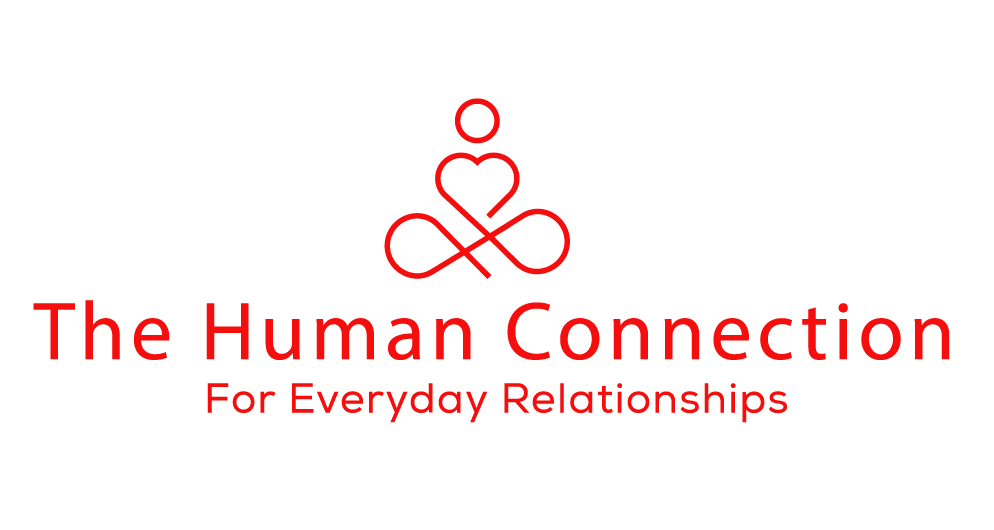The theory of attachment started in 1958 with John Bowlby, a British psychoanalyst who wanted to understand the distress infants feel when separated from their parents. He suggested that infants perform protest behaviors, such as crying, in order to be close to an attachment figure, such as a parent or caretaker. Essentially, infants need to know if an attachment figure is nearby and responsive in order to feel safe and secure.
In the mid-1980s, Hazan and Shaver were the first ones to bring the study of attachment theory to adult relationships. They believed that the emotional bond that forms between adult romantic partners is similar to the attachment system infants have to their parents. Many have gone on to study attachment theory among adults, but the consensus is that we feel safer and secure when our loved ones are nearby and responsive.
A lack of proximity and responsiveness from our loved ones can produce different reactions in us that are the basis of forming different attachment styles.
Attachment Styles
Secure
- You are naturally warm and loving in relationships
- It is easy for you to be intimate, whether physically or emotionally
- It’s easy for you to go to others for support
- You communicate your feelings effectively
- You work to find solutions to problems
Anxious
- You have a strong need/desire to be close to a partner or loved ones
- You often fear that they don’t want to be as close as you’d like
- You can be demanding, obsessive, and clingy
- You have the tendency to overanalyze situations
- You are very sensitive to other’s mood and actions and may take them too personally
Avoidant
- Your independence and self-sufficiency is highly important to you
- You struggle with intimacy, whether it is physical or emotional
- You desire closeness with others, but it makes you too uncomfortable
- You can shut your emotions down and not care when problems arise
- You are on high alert for signs to escape or leave the relationship
Anxious-Avoidant
- You fear being too distant or too close to others
- You have a strong need/desire for intimacy, but also highly fear it
- Your moods and emotions can often be unpredictable and overwhelm you
- You fear being abandoned and relying too much on others
- You cling to your relationships when feeling rejected, and also push them away when they are getting too close
Our attachment style has a certain fluidity to it that varies with family, friendship, and romantic partners. It can also fluctuate throughout our lifetime depending on our relationships, but we do seem to come back to a default style under certain triggers.
It is also important to note that these styles happen on a spectrum. You can move to high or low anxiety, and high or low avoidance.

It’s also worth noting that different statistics put ratios of each attachment style at about:
- 50% of Secure adults
- 25% of Anxious adults
- 20% of Avoidant adults
- 5% of Anxious-Avoidant adults
The best way to have a healthier attachment style is to become aware of your own style and then form relationships with people who are secure.
